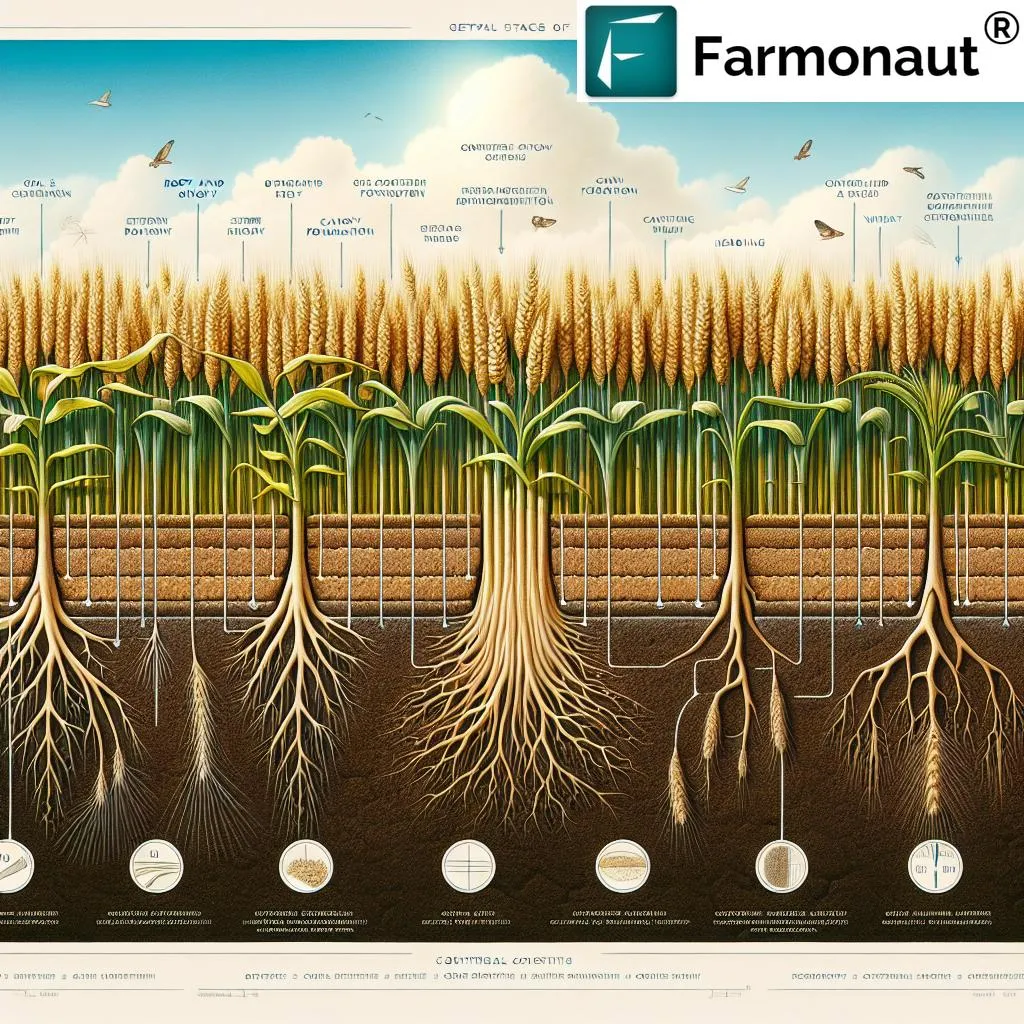In the quest to boost wheat productivity in newly reclaimed soils, a recent study published in *BMC Plant Biology* offers promising insights. The research, led by Asaad Reda Ibrahim from the Wheat Research Department at the Agricultural Research Center’s Field Crops Research Institute, explores the combined effects of organic amendments and mineral nitrogen fertilization on wheat growth and yield. The findings could reshape integrated nutrient management strategies, offering a blueprint for sustainable agriculture practices.
The study focused on three bread wheat cultivars—Sakha 95, Misr 3, and Sids 14—and examined their responses to varying rates of mineral nitrogen fertilization (60, 120, 180, and 240 kg N ha⁻¹) and sugar beet filter cake (BFC) application (24 t ha⁻¹). Conducted over two growing seasons (2021/2022 and 2022/2023), the research assessed ten critical agronomic traits, including grain yield, plant height, and harvest index.
One of the standout findings was the significant impact of fertilization treatments on wheat performance. “Fertilization treatments were the most significant factor, demonstrating highly significant effects on 90% of the assessed parameters,” noted Ibrahim. This underscores the importance of tailored nutrient management in optimizing wheat productivity.
The study revealed that cultivar Sakha 95 exhibited the highest grain yield (7.47 t ha⁻¹) and harvest index (38.34%), while Sids 14 showed superior morphological characteristics, such as maximum plant height (114.15 cm) and flag leaf area (43.43 cm²). The combination of BFC with 240 kg N ha⁻¹ resulted in the highest grain yield (8.48 t ha⁻¹) and spikes per square meter (340.61), indicating increases of 52.5% and 28.9% compared to the lowest nitrogen rate, respectively.
Path coefficient analysis highlighted that biological yield and harvest index are the primary determinants of yield, with coefficients of 0.813*** and 0.614***, respectively. Principal component analysis accounted for 93.81% of the total variation, indicating distinct clustering patterns between organic and non-organic fertilization regimes.
The commercial implications of this research are substantial. By integrating organic amendments like BFC with traditional mineral fertilization, farmers can enhance wheat productivity in newly reclaimed soils, ultimately improving economic returns. “This research offers a roadmap for optimizing integrated nutrient management strategies,” said Ibrahim. “It provides a clear path forward for sustainable agriculture practices that can be adopted by farmers worldwide.”
As the agriculture sector continues to grapple with the challenges of soil reclamation and sustainable practices, this study offers a beacon of hope. The findings could pave the way for future developments in integrated nutrient management, ensuring that wheat production remains viable and environmentally friendly. With the global demand for wheat on the rise, such innovations are crucial for meeting future food security needs.
Published in *BMC Plant Biology* and led by Asaad Reda Ibrahim from the Wheat Research Department at the Agricultural Research Center’s Field Crops Research Institute, this research marks a significant step forward in the quest for sustainable agriculture. As the agriculture sector continues to evolve, the insights from this study will undoubtedly shape the future of wheat production and integrated nutrient management strategies.

